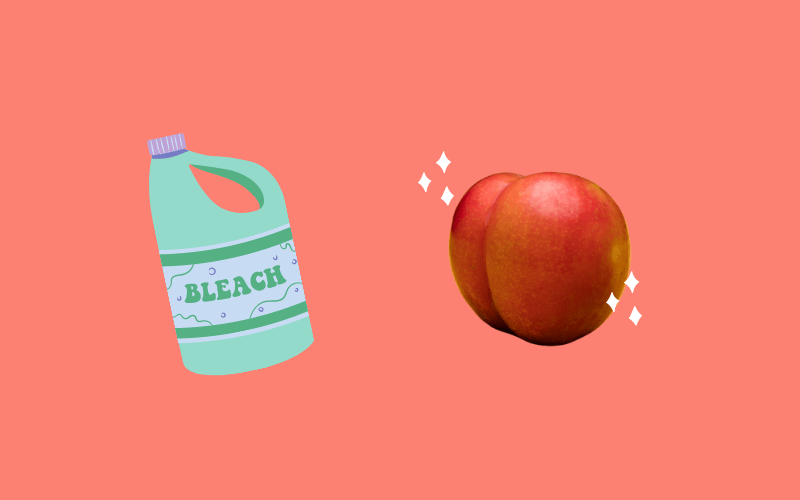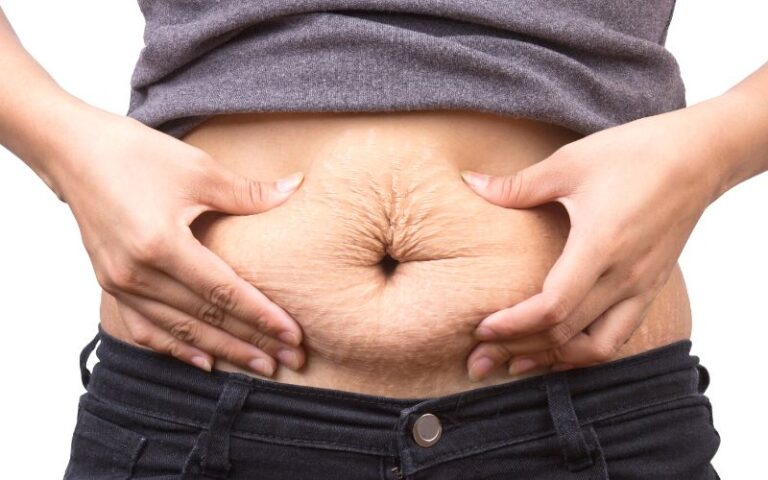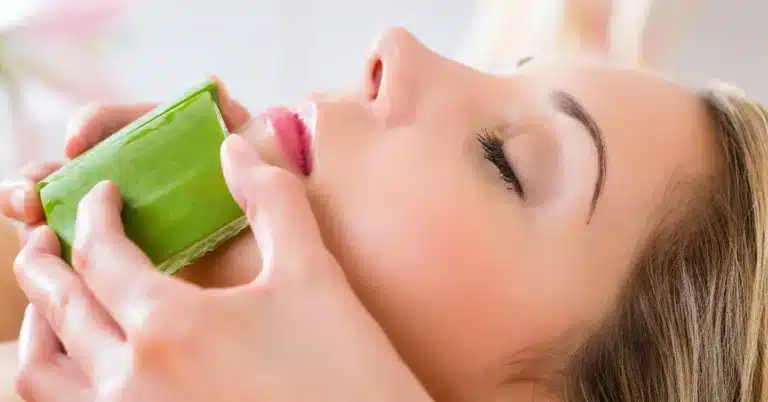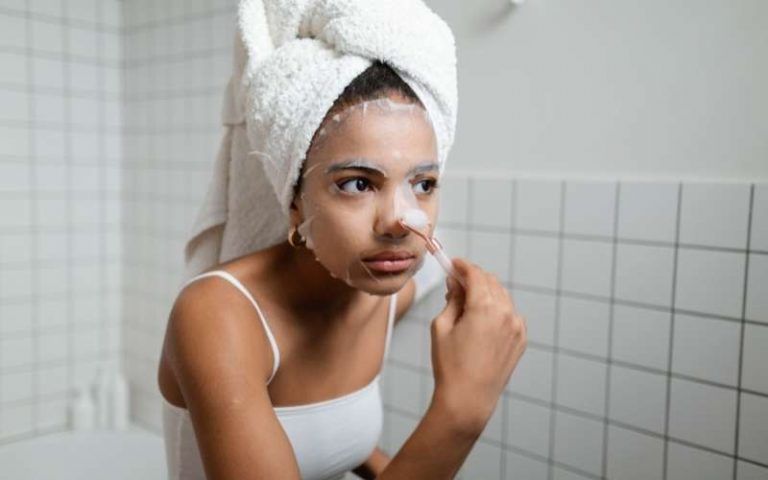Anal Bleaching: Is Beautifying Your Butthole Safe?

Anal bleaching, the ass end of cosmetic procedures
Yup, anal bleaching is a thing. There’s no but(t)s about it — this is a personal grooming trend that’s gaining traction.
There are now a host of professional treatments aimed at changing the color of the skin in your anal area.
For the uninitiated, you’re about to get a buttload of education on anal bleaching. Those already in the know, we’re sure you’ll glean an enlightening new nugget of knowledge.
At any rate, you probably have plenty of questions about this bumhole procedure. So keep on reading to learn all the whats, whys, and hows of anal lightening:
Why are buttholes dark colored anyways?
Let’s address this million-dollar question.
Anal hyperpigmentation
The science behind the reason this skin area is dark is commonly known as hyperpigmentation.
Hyperpigmentation occurs after certain inflammatory history of the skin corresponds. This usually results in a darker coloration of the affected area which is asymptomatic (7).
While there are different variations of hyperpigmentation such as types caused by UV exposure, wounds, and inflammation, there’s another trigger that influences melanin formation: friction (8).
As we know, our bum experiences all kinds of friction on a daily basis. Simply walking, sitting, and going #2 causes lots of friction and movement to the skin around your anus.
Over time, the skin tissue responds by creating pigment production in that area.
Add all this together, and we have the culprit for a dark bum hole.
What is anal bleaching?
Anal bleaching, to a large degree, is exactly what it sounds like. It’s a cosmetic procedure that uses a specially-formulated cream to lighten the skin pigment around your anus.
The anal bleaching process is fairly simple and straightforward. You can DIY it with an at-home gel.
Others prefer getting their booty to the salon or spa for an expert application.
Why do people bleach their anuses?
Anal bleaching origin story
Skin lightening is a long-standing aesthetic practice for many populations, particularly those with African and Carribean cultures (2). It really took hold when European influences started impacting local customs and concepts of “beauty.”
For some reason, the paler skin color of Western peoples was held up as a higher standard of beauty. (For the record, we think all of y’all are of equal gorgeousness!)
Fast forward to the modern-day booty. Anal bleaching may have entered the mainstream in the beginning of the 2000s by Los Angeles-area porn stars.
Some sources also indicate gay men were early adopters of this cosmetic procedure.
Similar to other treatments — like Brazilian waxing and laser treatments — folks looked to anal bleaching as a means of improving their self-image, feeling more sexually desirable or confident, and so on.
Bleaching end goal
The goal of anal bleaching is to even out the skin tone around your back door. It’s not uncommon for your private area to have darker skin.
The color of the anus can change for many reasons. Hyperpigmentation may be caused by:
- Hormonal changes, melasma, or pregnancy
- Wearing tight or high-friction clothing (Yes, that sexy thong can be a culprit.)
- Aging
- Increased melanin levels
- Genetics
- Lots of stretching of the skin (And unless you’ve found a new way to extract poop, anuses go through mucho push-pull with each bowel movement.)
What’s the safest anal bleaching process?
How to illuminate your intimate area
Let’s talk procedure for a moment.
It’s always a good thing to know what to expect before you peel off those pantaloons and start dabbing magical creams or lasering where the sun don’t shine.
The whole anal bleaching process is pretty quick, maybe 15-20 minutes.
What to expect:
- Ass-uming you’re headed to a salon or spa for a professional treatment on your buttocks, your skin tech will clean the skin, then apply the bleaching cream to your end zone. Endure some measures of awkward conversation, add your email address to our mailing list, play a few games, or otherwise wait a quarter-hour or so. Your butt-bleacher-in-chief will remove the cream, clean up the anal region, and probably cover the treatment site with gauze or bandage to protect sensitive areas.
- At-home procedures roll in much the same way. But(t), you’re your own anus’s skin pro.
- There are also skin-lightening laser treatments available. Lasering may be less accessible as there’s no DIY home version and it’s likely more expensive.
The cream route seems the more popular alternative, though, based on a review of current information.
Your procedure — if done properly — should be safe and relatively pain-free.
Pro tips:
- Go pro if you can. Spas and salons likely use higher-caliber products and are trained in how to do this as safely and effectively as possible.
- Wear baggy bottoms and soft, non-thong underwear to your appointment.
Bleaching agents
Not all pucker-hole-paling potions are perfect. Or equal, for that matter. There are certain ingredients to be wary of.
Avoid ones that contain hydroquinone. This chemical is linked to several adverse reactions (6). Among the more serious are ochronosis (2), liver and kidney damage (1), and cancer (5).
Instead, opt for ones that use kojic acid. Several studies found that this substance seems safe for use on the skin (4).
It can also inhibit some of the negative effects of nasty ingredients like hydroquinone.
Anal bleaching recovery for best results
This is another common question first time bleachers ponder. After all your troubles and expense, less-than-optimal results would be a total bum deal, right?
No worries, we’ve got you ass covered with these smarty-pants suggestions.
For 3-7 days after your anal beautification treatment, be kind to your behind by:
- Wearing looser, non-chafing clothing (That aforementioned thong is a no-no!)
- Applying soothing aloe vera gel or petroleum jelly to the anal region.
- Avoiding other cosmetic procedures (e.g., Brazilian waxing, laser treatments, chemical peels) to your genitals, buttocks, and surrounding area.
- Keeping these sensitive areas as dry as possible and opting out of taking a soak in the bath or hot tub.
- Abstaining from sexual activity, especially anal sex, that could cause irritation to your anus.
Anal bleaching risks & side effects
Discussing what to be careful of is a smooth-as-a-baby’s-bottom segue into the topic of the downsides to decoloring your duff.
Aside from the cost — multi-session professional treatments that need to be repeated periodically can get super spendy — there are plenty of health concerns related to your perianal pursuit.
Both chemical and laser anal bleaching methods present significant potential hazards to your wellbeing.
Some of these potential pitfalls are shorter-term superficial bummers; others are more serious permanent or longer-lasting issues.
- Irritation: itching, redness, discomfort, or burning sensation on the anus or surrounding area (e.g., rectum, vulva, labia, etc.)
- Discoloration: over or uneven lightening of the skin, blotchiness
- Allergic reaction
- Greater risk of STDs or infections of the vagina
- Scarring, skin disfigurement, or anal strictures
- Incontinence
- Cancer
- Adverse birth outcomes (3)
Self anal bleaching risks
Your chances of problems occurring go up if you self-admin your procedure. It’s not a stretch to imagine incorrectly applying the gel to one’s own anus.
If you suspect any kind of serious ill-effect as a result of your bumhole bleachapalooza, you may want to touch base (It’s all about the base, ya know….) with your doctor, dermatologist, or gynecologist tout de suite.
Does anal bleaching actually work?
Just a quick word on this. Results can vary from person to person. We’re all unique beings with different factors impacting the success of cosmetic procedures.
Ask your skin services provider to help you set realistic expectations for you personally.
Be prepared for your skin specialist to tell you that:
- You’ll need multiple sessions (e.g., for darker skin tones or those with a greater color differential between the anus and the surrounding skin, both of which mean there’s more melanin to lighten). Many spas suggest 1-3 sessions (usually spaced a couple weeks apart).
- You might not get anus skin that’s 100% the same tone as the rest of your genital area.
- Different skin types and complexions can respond differently to the treatment.
- Results are temporary, lasting anywhere from 6-12 months. This means you’re ass-up on the treatment table at least yearly to maintain your peak anal glow.
Bottom line in butthole beautification
Gone are the days of stigma around cosmetic procedures for your private parts. People get beauty treatments done to the rest of their skin, so why not their anuses?
Should you want to turn your attention to your own anus — like to change the color of the skin — it’s not taboo.
In addition to old standards like Brazilian waxing and genital area laser hair removal, anal bleaching is on the menu at spas and salons from Los Angeles to New York City.
You can have them chemically or laser lighten your skin.
Alternately, you can DIY your butthole brightening with a purpose-specific bleaching product. (Professional treatments are recommended, though.)
Prior to lightening, research reputable anal bleaching providers and products and understand possible hazards of the treatment. (Anything less would be ass-backwards.)
If anal bleaching is of interest to you, maybe have a crack at it!
- 1019.Pdf. https://nj.gov/health/eoh/rtkweb/documents/fs/1019.pdf. Accessed 8 Feb. 2021.
- Benn, Emma K. T., Richa Deshpande, et al. “Skin Bleaching Among African and Afro-Caribbean Women in New York City: Primary Findings from a P30 Pilot Study.” Dermatology and Therapy, vol. 9, no. 2, Apr. 2019, pp. 355–67. PubMed Central, doi:10.1007/s13555-019-0297-y.
- Benn, Emma K. T., Andrew Alexis, et al. “Skin Bleaching and Dermatologic Health of African and Afro-Caribbean Populations in the US: New Directions for Methodologically Rigorous, Multidisciplinary, and Culturally Sensitive Research.” Dermatology and Therapy, vol. 6, no. 4, Nov. 2016, pp. 453–59. PubMed Central, doi:10.1007/s13555-016-0154-1.
- Higa, Yoshitaka, et al. “Kojic Acid -Absence of Tumor-Initiating Activity in Rat Liver, and of Carcinogenic and Photo-Genotoxic Potential in Mouse Skin.” The Journal of Toxicological Sciences, vol. 32, no. 2, May 2007, pp. 143–59. PubMed, doi:10.2131/jts.32.143.
- Kooyers, T. J., and W. Westerhof. “[Toxicological aspects and health risks associated with hydroquinone in skin bleaching formula].” Nederlands Tijdschrift Voor Geneeskunde, vol. 148, no. 16, Apr. 2004, pp. 768–71.
- Schwartz, Chelsea, et al. “Hydroquinone.” StatPearls, StatPearls Publishing, 2020. PubMed, http://www.ncbi.nlm.nih.gov/books/NBK539693/.
- Lawrence, Elizabeth, and Khalid M. Al Aboud. “Postinflammatory Hyperpigmentation.” StatPearls, StatPearls Publishing, 2020. PubMed, http://www.ncbi.nlm.nih.gov/books/NBK559150/.
- Nieuweboer-Krobotova, L. “Hyperpigmentation: Types, Diagnostics and Targeted Treatment Options.” Journal of the European Academy of Dermatology and Venereology: JEADV, vol. 27 Suppl 1, Jan. 2013, pp. 2–4. PubMed, doi:10.1111/jdv.12048.





